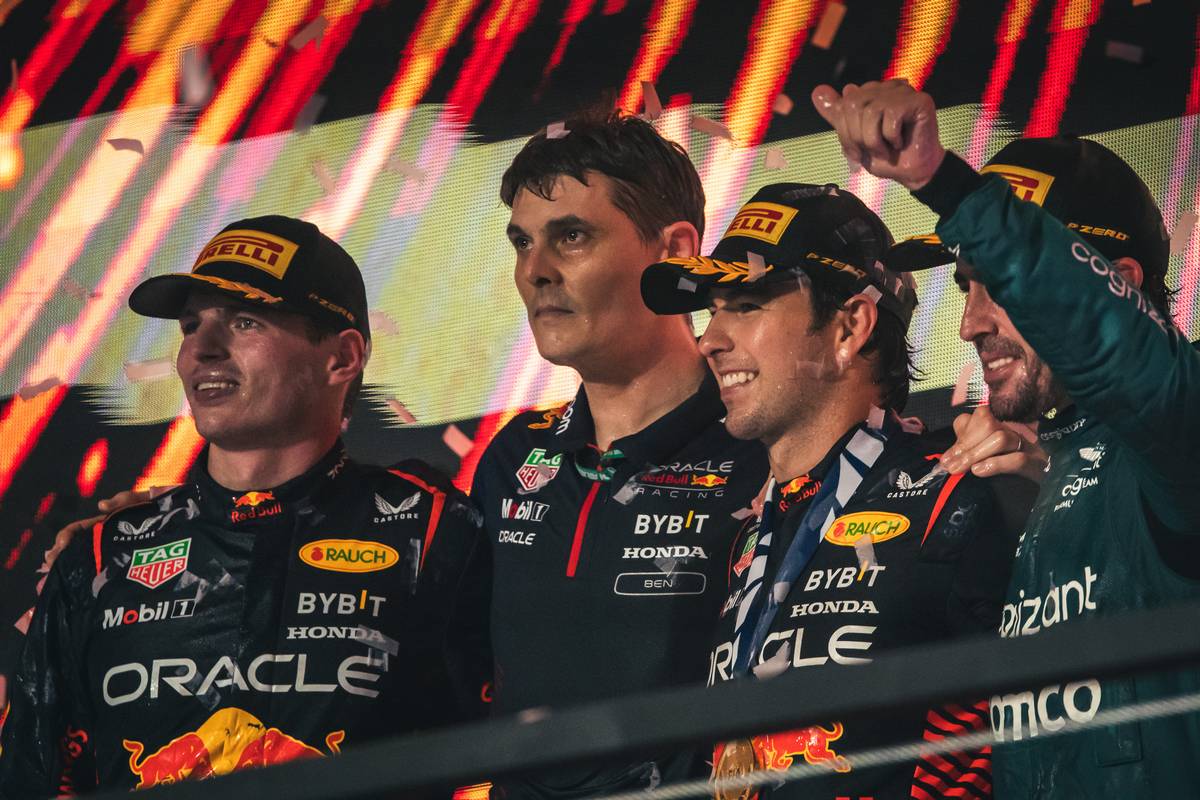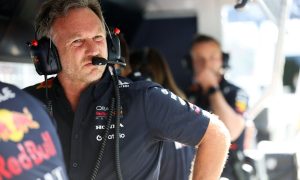
It's still more than a month before the teams unveil their 2024 cars and go testing at Bahrain before the start of the new season, but already the technical focus at Red Bull is turning to the 2025 campaign.
Given the RB19's huge dominance over its rivals last season, you might imagine that there's not much work left to do when it comes to improving the existing car to keep the wins, titles and records flowing.
In the last two seasons the team has won 39 of the 44 races since the reintroduction of ground effect dynamics, with Adrian Newey's technical design proving the perfect package for driver Max Verstappen.
But a surprise surge in performance from Aston Martin Martin at the start of last year, followed by an even more impressive renaissance for McLaren over the summer and autumn, is a waning that things never stay still for long in F1.
And Red Bull is just as aware that for all its undoubted strengths, the current car also had its limitations which had contributed to its sole failure to sweep last season when it lost out in Singapore.
“We were aware that the RB19 had considerable limitations,” Red Bull's head of performance engineering Ben Waterhouse told Racecar Engineering in a recent interview.
“If we look back at Singapore, there were definitely weaknesses," he acknowledged. “At the same time, [the RB19] had clear strengths, which we want to build on while at the same time trying to address the weaknesses.
"There are areas we want to improve, whether it’s high-speed or low-speed performance," he explained, echoing previous comments made by Verstappen and technical director Pierre Wache about the team's targets for the new car.
"We set clear targets quite far back during the RB19 development process for the RB20,” he explained. “In general, we managed to hit most of them.

“I wouldn’t say everyone is satisfied, though, as there is still work to be done to try and improve on the RB19.”
Red Bull's dominance of the 2023 championship enabled them to essentially stop development work on the existing car in August and switch its sights to 2024. And now they're ahead of the game when it comes to 2025 as a result.
“The RB20 is at least six months old," Waterhouse pointed out. "We are already starting to shift our attention to the RB21, even though the season hasn’t started yet."
The idea is to clear the table in time to start work on the major design changes required to accommodate changes to engines and power units set to be introduced in 2026.
Teams are barred from undertaking any aerodynamic development on parts for the 2026 cars (including wind tunnel and computer modelling work) for another 12 months although time can be spent on mechanical aspects.
Keep up to date with all the F1 news via Facebook and Twitter






